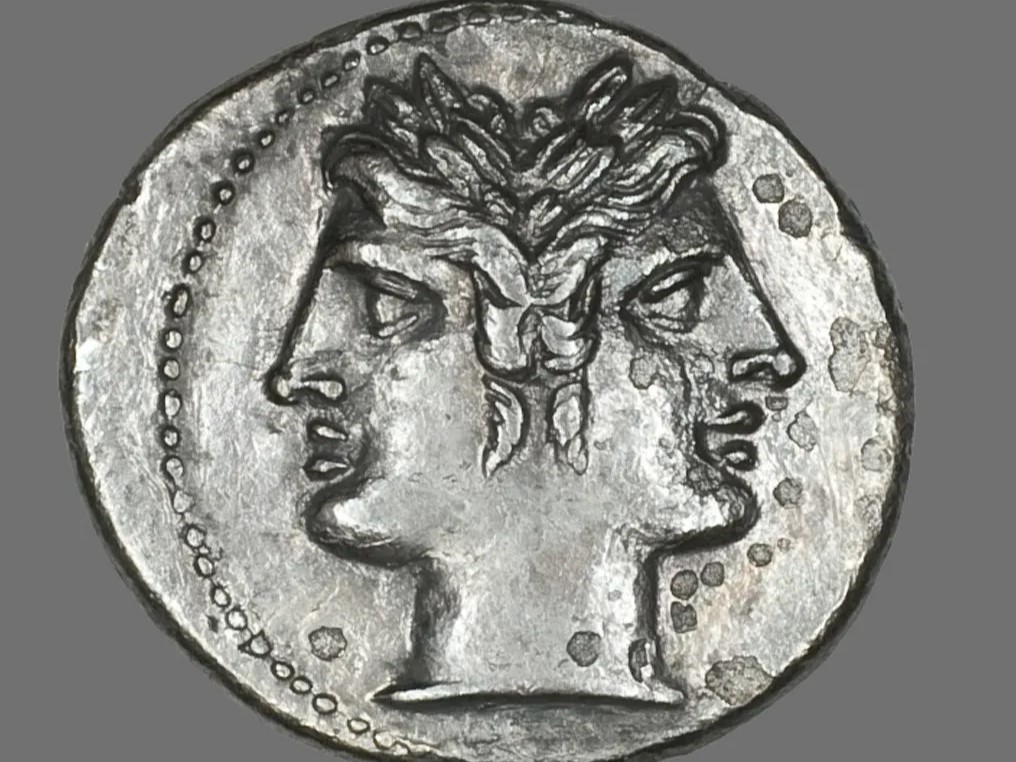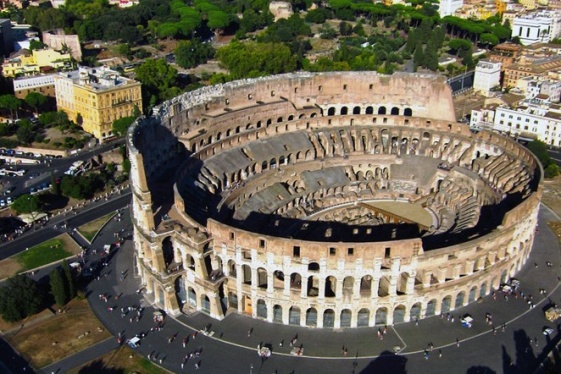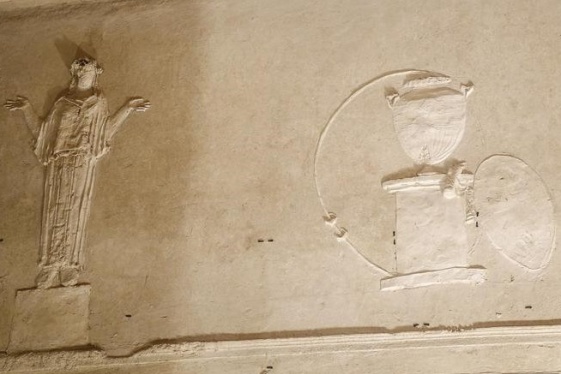

BY: Jeanne Outlaw-Cannavo
January, or gennaio in Italian, is the first month of the year and is observed as a time of new beginnings as we also reflect on the previous year. The month is named for the Roman god Janus, who is depicted with two faces so he could view both the future and the past. Today we all use the Gregorian calendar to mark the passing days and months with the exception of the four countries of Afghanistan, Ethiopia and Nepal.
Prior to the reign of Julius Cesear, the calendar in use was based on a lunar year. When Caesar came into power this calendar was three months ahead of the solar year. Working with the astronomer Sosigenes Caesar he ordered a new calendar consisting of 12 months which had a cycle of three years of 365 days, followed by a year of 366 days (leap year).
SOURCE: https://italianamericanherald.com
You may be interested
-
Exciting Palatine. Interview with Clementina...
You can tell she fills with excitement when she has the chance to show an important archae...
-
Italian Open's History and Records: A tale o...
For Italians, and Romans in particular, the Open is not just a tennis tournament where cha...
-
'Basilica of Mysteries' reborn in Rome
The so-called 'Basilica of the Mysteries' has been reborn in Rome. The basilica, one of th...
-
'Carbonara Day' celebrates famous pasta dish
On Friday, April 6, the world will celebrate "Carbonara Day", an occasion launched by the...
-
'Gladiators' bring Roman flavor to R.I. polo
As thousands of sharply dressed spectators converged on the turf of Newport International...
-
'Hot priests' grace Rome's calendar
It is officially called the Calendario Romano, or Roman Calendar. But on the streets of Ro...
-
'No one should be left behind': Italian teen...
A 15-year-old boy, known as Simone, has become an overnight internet sensation after stand...









